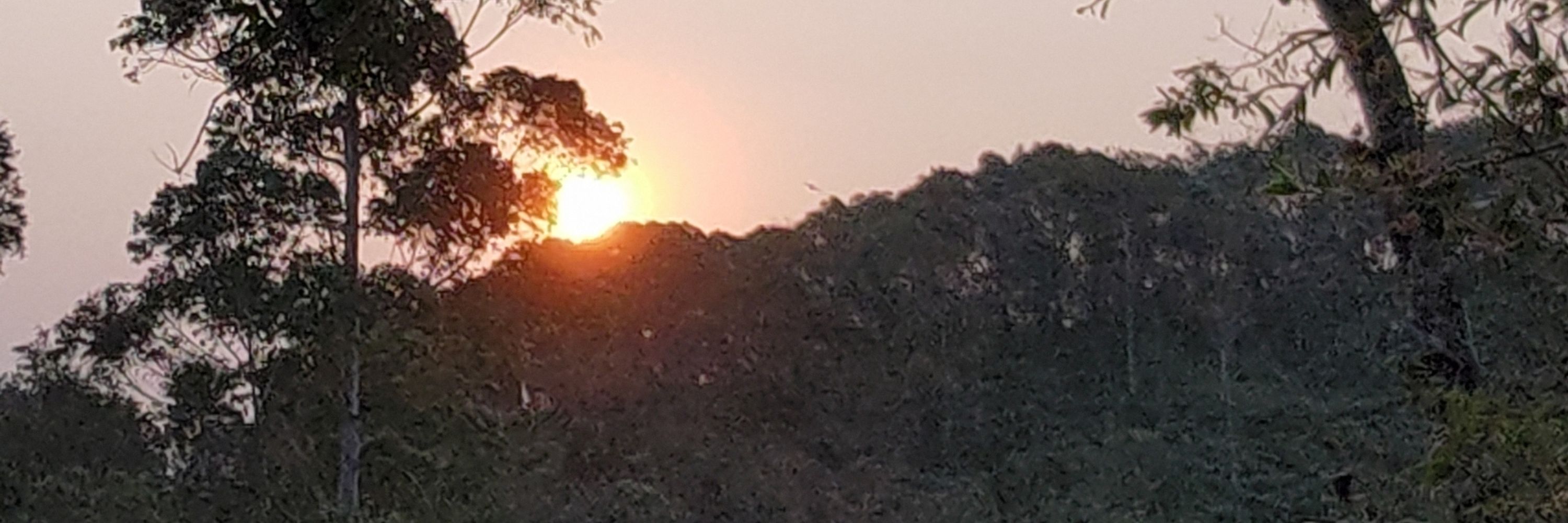Dr Fabrício Campos
@camposvet.bsky.social
150 followers
190 following
700 posts
With a degree in Veterinary Medicine from UFPel, a Master's in Microbiology at PPGMAA/UFRGS, and a Ph.D. in Veterinary Science at UFRGS, I am a professor at PPGBIOTEC/UFT and serve as Coordinator at PPGMAA/UFRGS. For more information: www.labinftec.com.br
Posts
Media
Videos
Starter Packs






